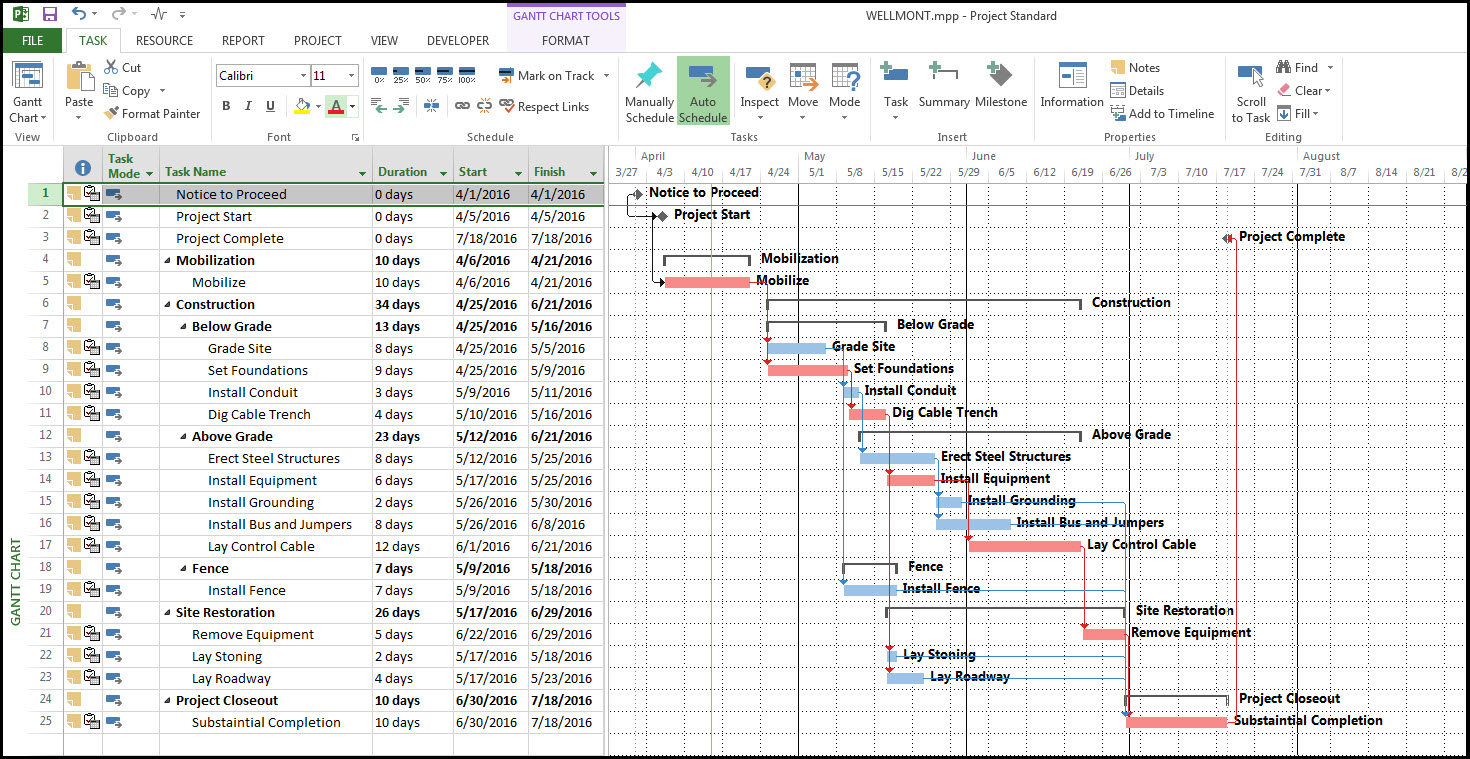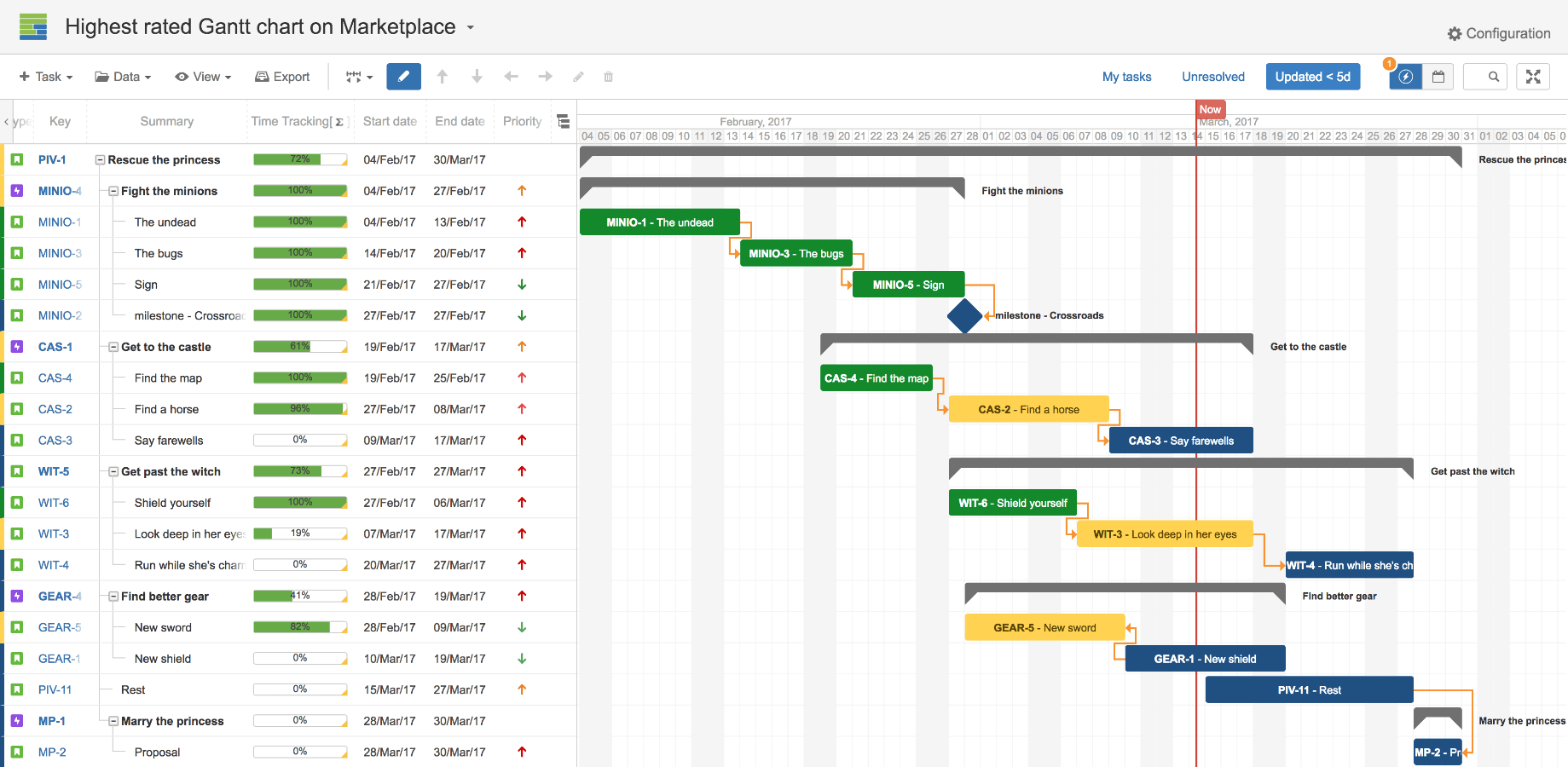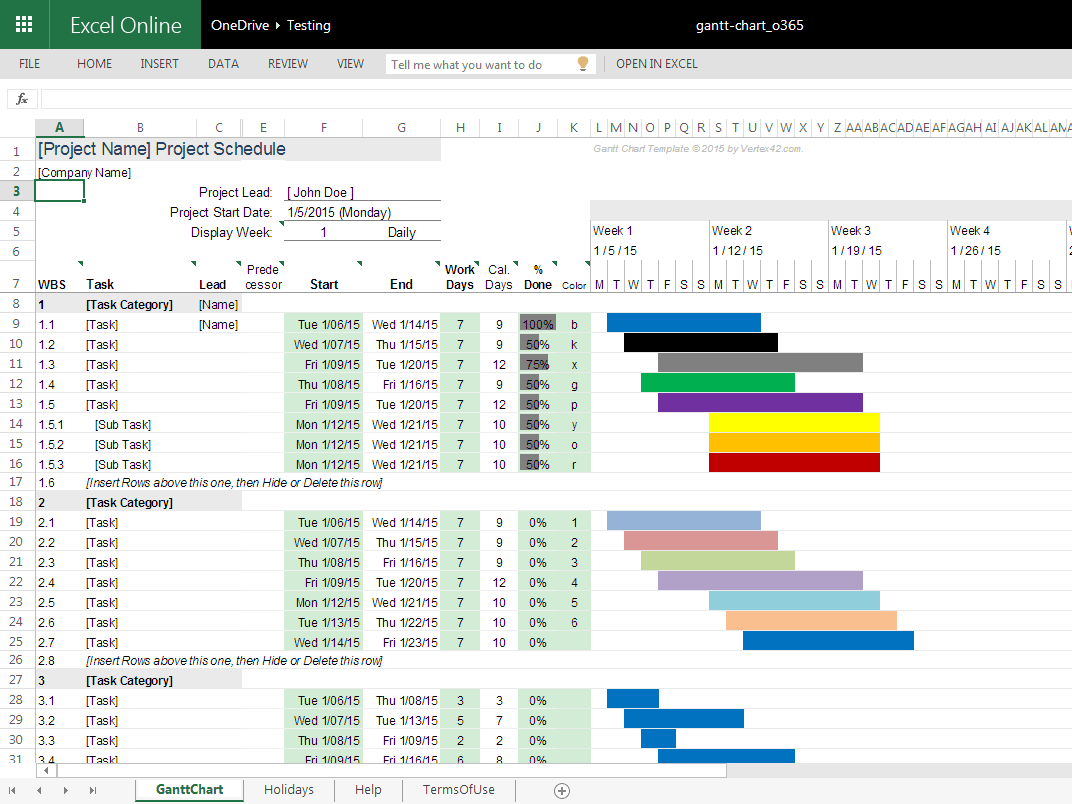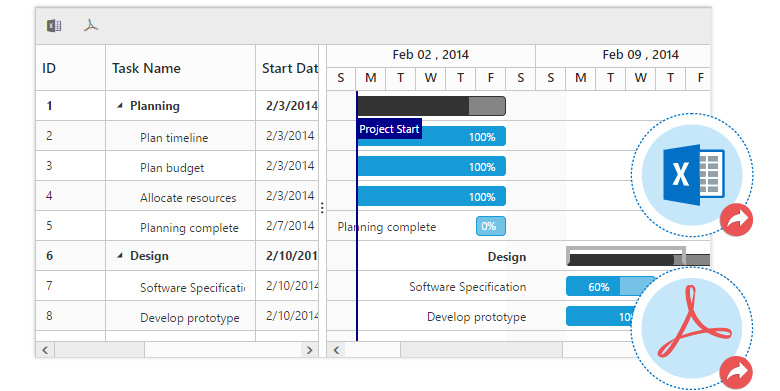

By default, only the Primary Column is included, but you can select the Primary Column name-or the Edit button-to include additional columns.Ĭustomize the printed timeline in your image export.In the Options section, select which columns to include in the image.If the Selected Rows option isn’t available, close the Export Gantt to Image (PNG) form, select the rows to print, and then reopen the form.In the Selection section of the Export Gantt to Image (PNG) form, choose to export the entire sheet or selected rows.

Select File > Export > Export Gantt to Image (PNG).On the toolbar, switch the sheet or report to Gantt View.To export any sheet or report that includes a Gantt chart to a PNG format, follow these steps: Values in Boolean column types (Checkbox, etc.) will be exported as True or False, according to the state of the item in the cell. When you export sheets that use these column types, only text values will be exported. Not all column types are supported in Excel: Excel doesn’t support Dropdown, Contact List, Checkbox, and Symbols ( Harvey Balls, etc.) columns.

If a sort was applied to your report, fewer than 20,000 rows may be exported. Reports are limited to 20,000 rows: If your report has more than 20,000 rows, you can create multiple reports that pull in fewer rows and export each report as a separate Excel file.Comments and sheet summaries appear on separate tabs in the exported workbook.

Once you open the Excel file, you can add the equal sign back and modify the syntax to make the formulas work in Excel. To work around this, remove the equal sign at the beginning of the formulas to store them as texts, and then save the sheet.


 0 kommentar(er)
0 kommentar(er)
